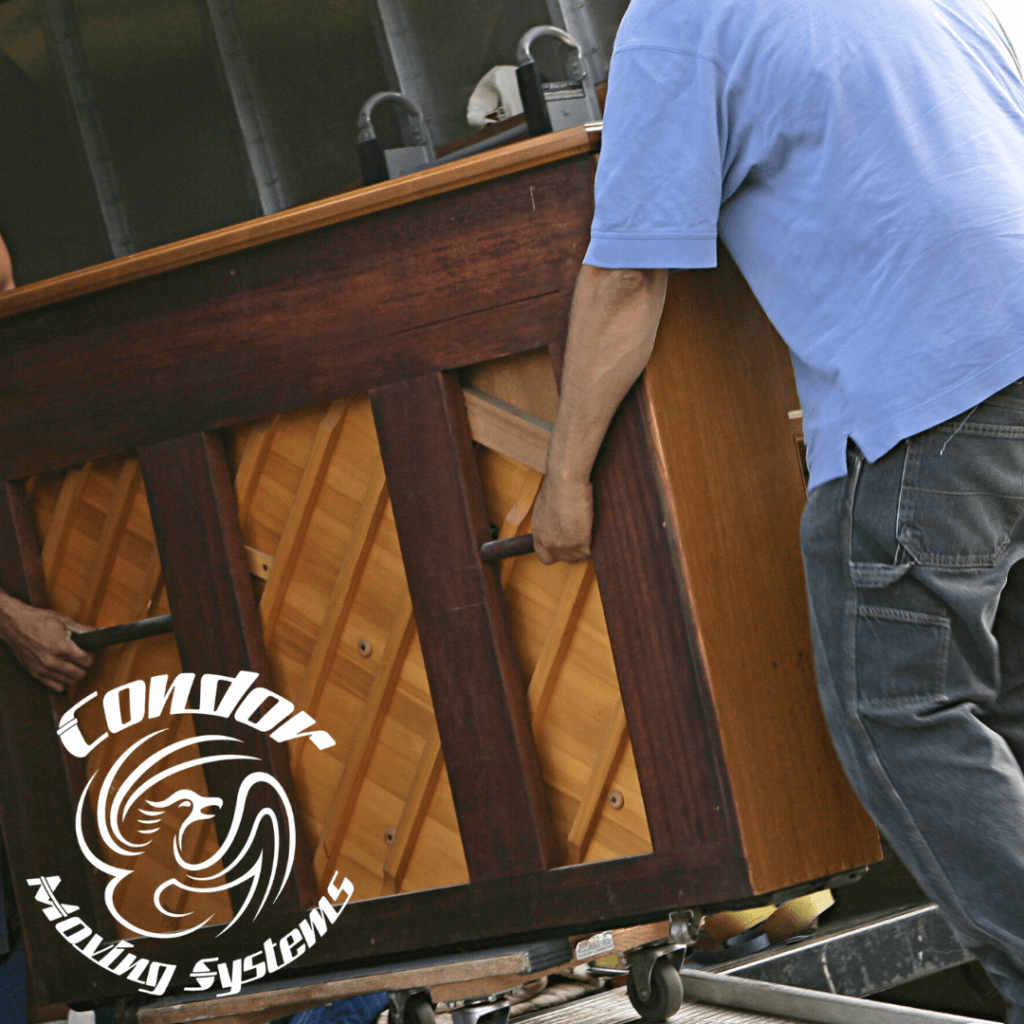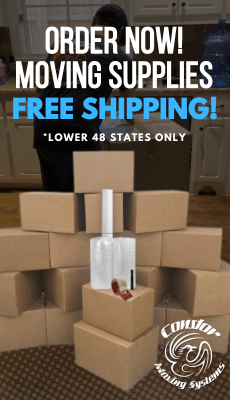
Moving musical instruments requires special care and attention. Whether you’re relocating a grand piano, a collection of guitars, or delicate woodwinds, proper preparation is key to ensuring they arrive safely at your new home. Musical instruments are not just valuable in terms of money but often hold significant sentimental value and are essential tools for musicians. They are delicate and intricate, with many components that can be easily damaged if not handled correctly. The hustle and bustle of moving can make it easy to overlook the special requirements of these items. As a moving company with extensive experience in transporting musical instruments, we’ve compiled these essential tips to help you navigate the complexities of moving your precious instruments.
1. Invest in Quality Cases and Packing Materials
For all types of musical instruments, using high-quality cases and packing materials is crucial. Hard cases provide the best protection, especially for string instruments like guitars and violins. Ensure each instrument is securely packed to prevent movement inside the case. Consider investing in custom-fit cases for oddly shaped or valuable instruments. Soft cases might be suitable for short trips, but hard cases offer significantly better protection against impacts and environmental factors.
2. Disassemble Large Instruments
If possible, disassemble larger instruments like drum kits and harps. Removing parts like drum heads, cymbals, and harp strings can make them easier to transport and reduce the risk of damage. Keep all small parts in labeled bags to make reassembly easier. For example, removing the pedals and legs from a harp or dismantling a drum set can prevent parts from bending or breaking. Document the disassembly process with photos or notes to simplify reassembly at your new location.
3. Use Proper Padding and Cushioning
Wrap instruments in bubble wrap or soft blankets before placing them in their cases. For pianos and other large instruments, use thick moving blankets to provide extra cushioning. Ensure all moving parts, like keys and pedals, are secured to prevent movement. Use additional padding for fragile parts such as strings and bridges on string instruments. Proper cushioning absorbs shocks and vibrations during transit, protecting delicate components from damage.
4. Climate Control and Humidity
Musical instruments can be sensitive to temperature and humidity changes. If you’re moving during extreme weather, consider climate-controlled transportation. Wood instruments, in particular, can warp or crack if exposed to sudden changes in climate. Keep instruments away from direct sunlight and extreme temperatures. For long-distance moves, monitor humidity levels inside the moving vehicle to prevent damage. Humidifiers or desiccants can help maintain stable conditions.
5. Label and Handle with Care
Clearly label all instrument cases and boxes as “Fragile” and indicate which side should face up. Communicate with your movers about the fragile nature of the instruments so they handle them with the appropriate care. Use bright, easily visible labels to ensure proper handling. Additionally, consider attaching instructions for handling to the cases, especially for large and complex instruments like pianos and organs.

6. Secure Small Instruments
For small and delicate instruments like flutes, clarinets, and violins, ensure they are securely fastened inside their cases. Use soft padding to fill any gaps and prevent movement. Transport these smaller instruments yourself if possible, to ensure they remain under your direct care. Placing small instruments in the back seat of your car rather than the trunk can provide better temperature control and reduce the risk of damage. Always double-check the security of clasps and zippers on their cases before moving.
7. Special Considerations for String Instruments
Loosen the strings on guitars, violins, cellos, and other string instruments to relieve tension during the move. Sudden temperature changes can cause strings to tighten and snap, potentially damaging the instrument. Additionally, for instruments like cellos and double basses, consider using a bridge protector to prevent the bridge from collapsing during transport. Keep a set of spare strings handy to replace any that might break during the move.
8. Plan for Organizing and Loading
Create a plan for how instruments will be loaded onto the moving truck. Larger instruments should be placed at the back of the truck and secured with straps to prevent shifting. Smaller instruments should be placed on top or in secure compartments. Ensure there’s a clear loading order to maximize space and protect delicate items. Prioritize heavier and more robust instruments at the bottom, with lighter and more fragile items on top. Use the truck’s walls and tie-down points to secure everything in place.
9. Hire Professional Movers for Large Instruments
For large and heavy instruments like pianos, organs, and harpsichords, hiring professional movers is essential. These instruments are not only heavy but also have delicate internal components that can be easily damaged. Professional movers like us have the expertise and equipment to safely transport these instruments without causing harm to them or your home. They also carry insurance to cover any potential damages. Professionals use specialized dollies, padding, and techniques to navigate tight spaces and stairs, ensuring your valuable instruments remain intact.

10. Unpacking and Setting Up
Once you arrive at your new home, carefully unpack and inspect each instrument for any signs of damage. Allow string instruments to acclimate to the new environment before tuning them. Reassemble any disassembled parts and ensure each instrument is properly set up and ready for use. Take your time with the setup to avoid rushing and potentially causing damage. For pianos and other large instruments, consider hiring a professional tuner to ensure optimal sound quality after the move.
Moving musical instruments requires careful planning and attention to detail. By following these tips, you can ensure that your instruments are transported safely and arrive at your new home in perfect condition. Whether you’re moving a cherished family heirloom or a professional-grade instrument, taking the time to prepare and protect your musical equipment is essential. If you need assistance with your move, especially for larger instruments, don’t hesitate to contact our professional movers who specialize in handling delicate musical equipment. Click here for a FREE MOVING QUOTE! Our team is here to ensure that your instruments reach their new home safely, so you can get back to making beautiful music.


